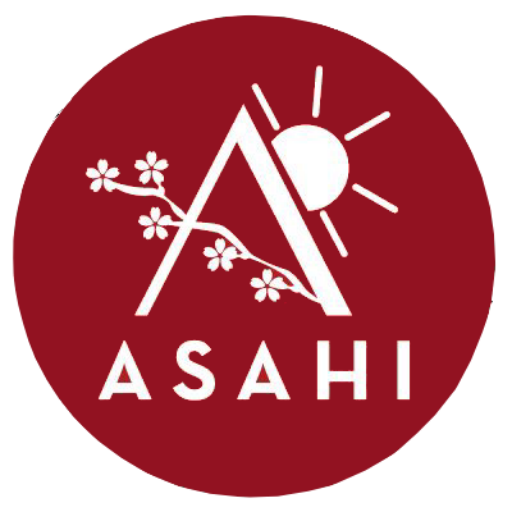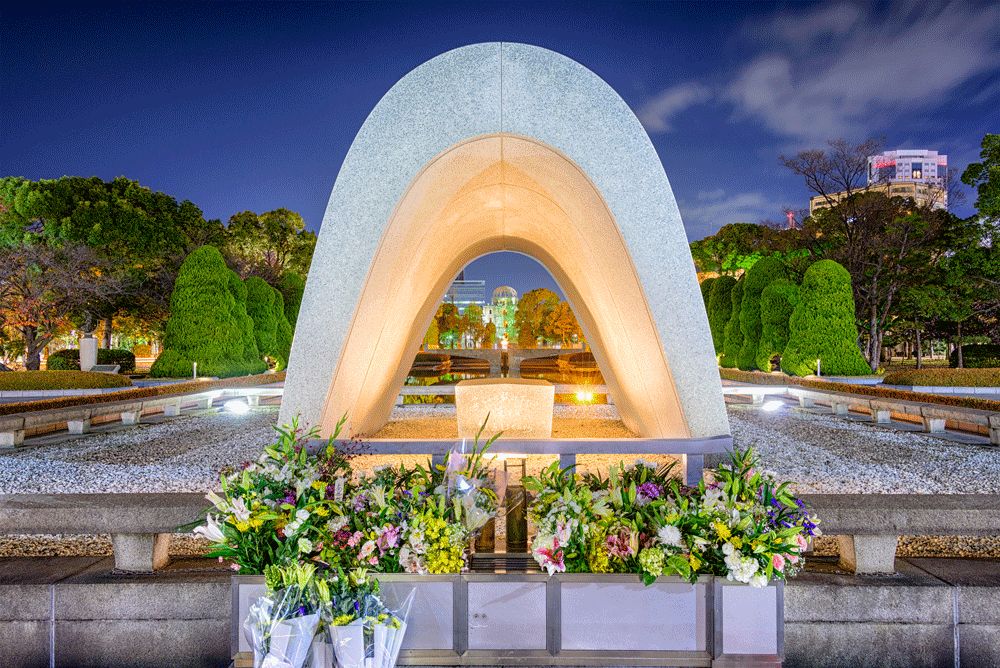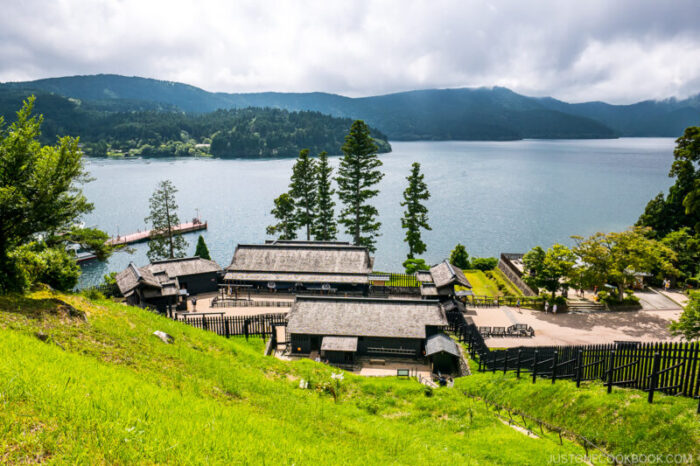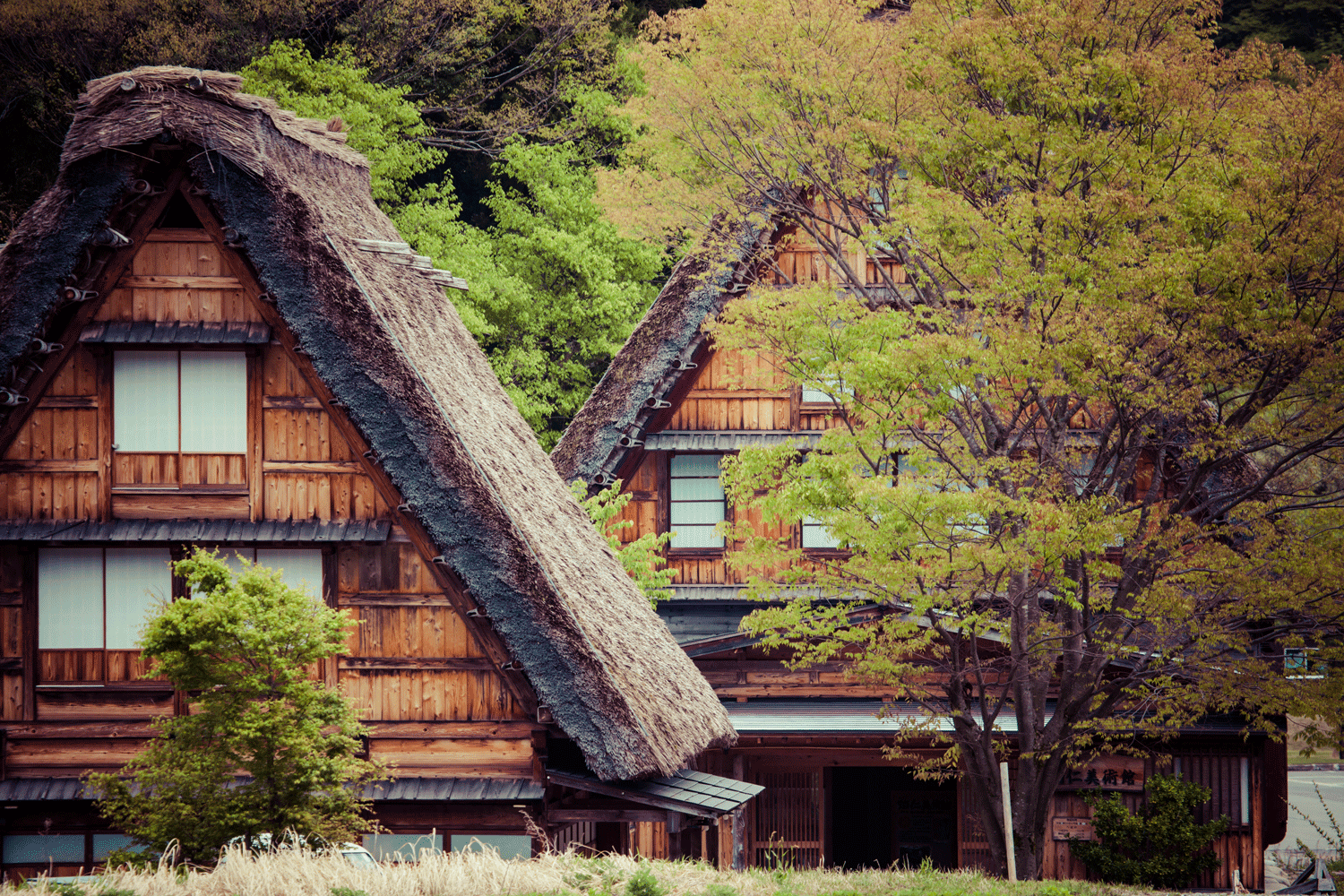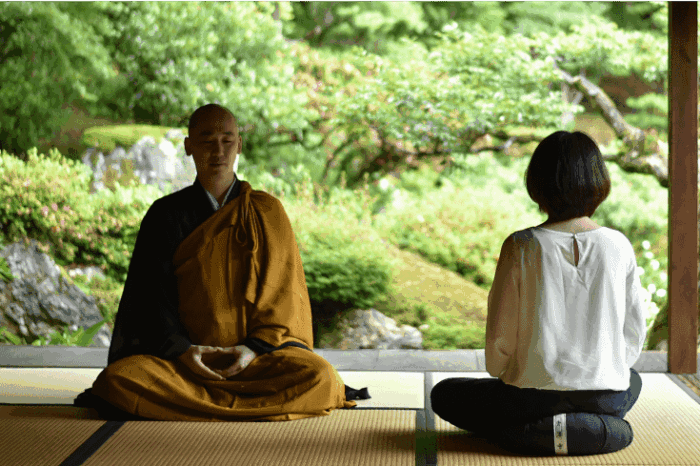Cultural Japan
Delve into the deeply engraved culture of Japan. Traditions dating back thousands of years ago and is still engraved into the hearts of the people. A society that continuously grows and shifts between fads and fashions. Technological advancement that leaves everyone in awe and wonder; co-existence between different religions and beliefs; superb Japanese cuisine and many other things which make the culture in Japan worth seeing and experiencing first-hand!
The Places You’ll See and Things You’ll Try:
Tokyo
Tokyo is one of the 47 prefectures of Japan.Tokyo is in the Kantō region on the southeastern side of the main island Honshu and includes the Izu Islands and Ogasawara Islands. It is the capital of Japan, the center of the Greater Tokyo Area, and the most populous metropolitan area in the world. It is also the seat of the Japanese government and the Imperial Palace, and the home of the Japanese Imperial Family. Tokyo Metropolis was formed in 1943 from the merger of the former Tokyo Prefecture and the city of Tokyo.
The Tokyo Tower
The Tokyo Tower at 333 meters tall, is 13 meters taller than its model, the Eiffel Tower of Paris, and the world’s tallest self-supporting steel tower. It was completed in the year 1958 as a symbol of Japan’s rebirth as a major economic power and serves as a television and radio broadcast antenna and tourist attraction.

Happo-en (Tea Ceremony)
View nature from every angle at the garden of eight views, which has carefully preserved the beautiful Edo ambiance throughout the centuries and enjoy a traditional tea ceremony.
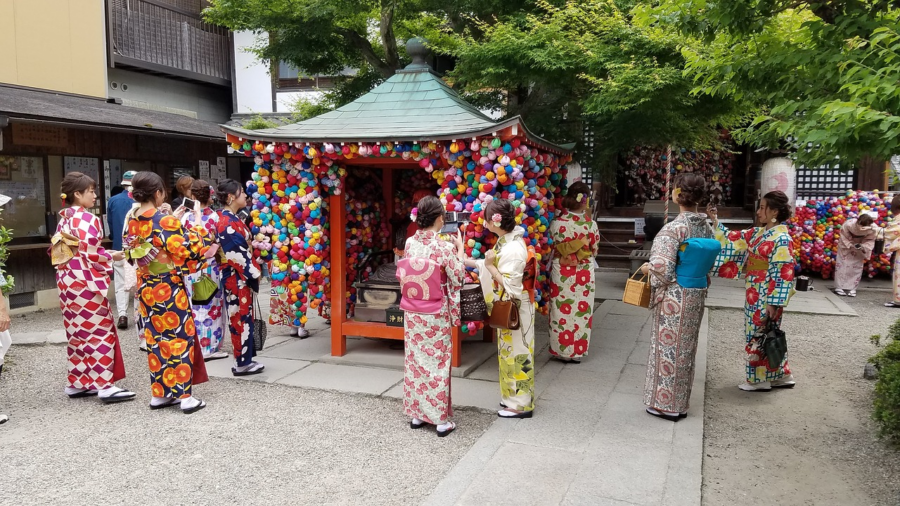
Imperial Palace Plaza
The current Imperial Palace is located on the former site of Edo Castle, a large park area surrounded by moats and massive stone walls in the center of Tokyo, a short walk from Tokyo Station. It is the residence of Japan’s Imperial Family. We will have access to the East Garden Only.
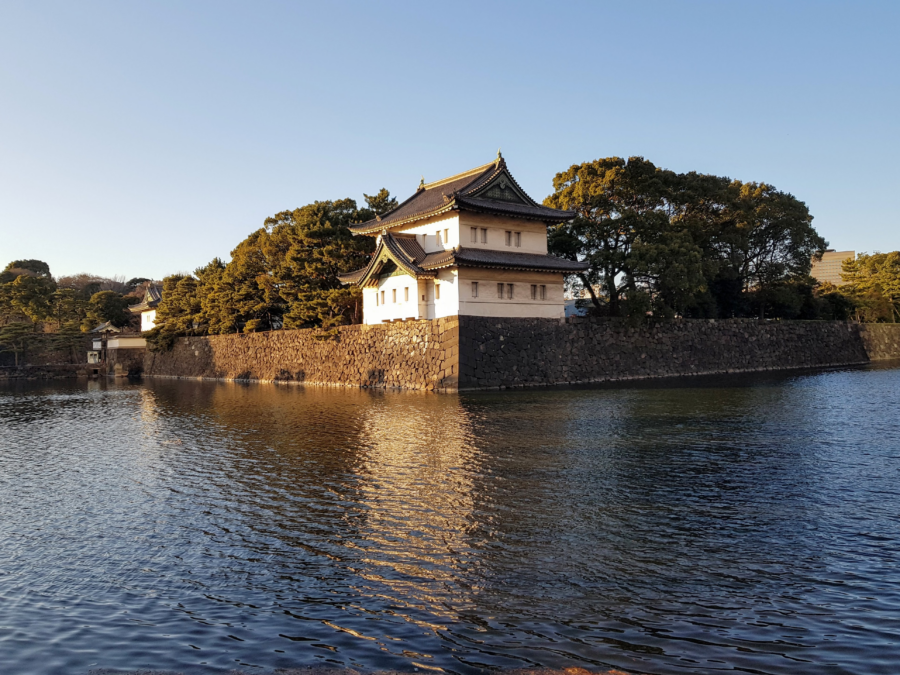
Sumida River Cruise
Pass beneath a total of 12 bridges on the journey down the historically significant Sumida River, starting at Hinode Pier and ending at Azumabashi on Tokyo Bay.

Asakusa Sightseeing
Asakusa is the center of Tokyo’s shitamachi (literally “low city”), one of Tokyo’s districts, where an atmosphere of the Tokyo of past decades survives. Asakusa’s main attraction is Sensoji, a very popular Buddhist temple.

Nakamise Shopping Street
The Nakamise shopping street stretches over approximately 250 meters from Kaminarimon to the main grounds of Sensoji Temple. It is lined with more than 50 shops, which offer local specialties and the usual array of tourist souvenirs.
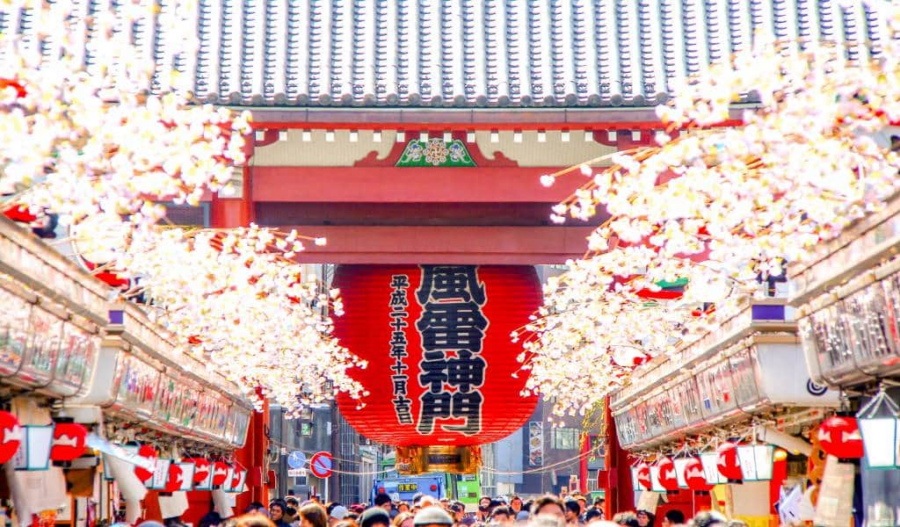
Ginza
Drive through Tokyo’s most uptown, classy, and luxurious shopping district, filled with towering department stores and a vast variety of brand name shops.

Zen Meditation
Zen is a form of meditation that means, achieving peace, clarity and self-discovery, all while sitting on a cushion. It is believed that through the practice of zazen, Buddha achieved enlightenment. Zen meditation helps individuals to detach themselves from the pleasures and sorrows of the material world.
Hakone
Hakone is part of the Shizouka Prefecture, less than 100 kilometers from Tokyo. It is famous for its hot springs, outdoor activities, natural beauty and the view of nearby Mt. Fuji. Hakone is one of the most popular destinations among Japanese and international tourists looking for a break from Tokyo.

Mt. Fuji 5th Station
Mount Fuji (Fujisan) is with 3776 meters Japan’s highest mountain, making It is no surprise that the nearly perfectly shaped volcano, has been worshipped as a sacred mountain and experienced big popularity among artists and common people.
Lake Ashi Cruise
Lake Ashi or Hakone Lake, is a scenic lake in the Hakone area of Kanagawa Prefecture in Japan. It is a crater lake that lies along the southwest wall of the caldera of Mount Hakone, a complex volcano. The lake is known for its views of Mt. Fuji and its numerous hot springs. A number of pleasure boats and ferries traverse the lake, providing scenic views for tourists and passengers.

Mt. Komagatake Ropeway
The Central Alps Komagatake Ropeway, which opened in 1967 as Japan’ s first mountain ropeway line, runs up to the Senjojiki Cirque directly below Mt. Hokendake. Chuo Alps Kanko celebrated its 50th anniversary in 2013. From the top of Mt. Komagatake (elevation: 2956 m, 9698 f t.), the main peak of the Central Alps, you have access to exquisite views of not only Mt. Fuji, but also of the Southern Alps, Mt. Ontake, Mt. Norikura, and the Northern Alps. The area is also famous for being home to a treasure trove of different rare alpine flowers and other alpine plants. Take a ride on the Central Alps Komagatake Ropeway and experience one of the greatest expanses of natural scenery in Japan.
Onsen
An onsen (温泉) is a Japanese hot spring and bathing facilities and inns are frequently situated around them. As a volcanically active country, Japan has thousands of onsens scattered throughout all of its major islands. Onsens were traditionally used as public bathing places and play a central role in Japanese domestic tourism today.

Kyoto
Formerly known as Meaco, is a city located in the central part of the island of Honshu, Japan. It has a population close to 1.5 million. Formerly the imperial capital of Japan for more than one thousand years, it is now the capital city of Kyoto Prefecture located in the Kansai region, as well as a major part of the Kyoto-Osaka-Kobe metropolitan area. One historical nickname for the city is the City of Ten Thousand Shrines.
Gion Corner
Gion Corner is a place where you can take in seven kinds of performing arts, most notably the kyo-mai dance performed by maiko dancers. Here, you can see Japan’s traditional performing arts in ‘digest’ form all on one stage. Located in Yasaka Hall next to the Gion Kobu Kaburenjo Theatre, the spot has a very international flavor, as it is popular with Japanese and foreign tourists.

Gion Historical Preservation District
Take a stroll around the Gion Historical Preservation District while heading to the Yoshi-ima Ryokan from Gion Corner. Enjoy exploring the narrow streets with many old ochaya (Japanese-style teahouses providing meals and performances of maiko girls and geiko women).

Yoshi Ima Inn
“Yoshi-Ima” is one of the traditional Japanese style Inn (government registered international tourist hotels) located in a very central part of the city of Kyoto. This place has a history dating back 1747 and now exists as a Japanese style inn. It is a fine artistic wooden structure and facing the historical preserved district in “Gion” area where many of them were high-ranked teahouses in former days.
Kimono
The kimono (着物, きもの) is a Japanese traditional garment. The word “kimono”, which actually means a “thing to wear” (ki “wear” and mono “thing”), has come to denote these full-length robes. The kimono is always used in important festival or formal moments, it is the representative of polite and a very formal clothing.
Nijo Castle
A UNESCO World Heritage Site. Tour the historical castle completed in 1626, which was built to provide lodging for Tokugawa Shogun and as a palladium for Kyoto Imperial Palace.

Kinkaku-ji Temple
A World Heritage Site, also known as the Golden Pavilion. The wooden architecture is covered in thin layers of pure gold and is surrounded by a beautiful lake.
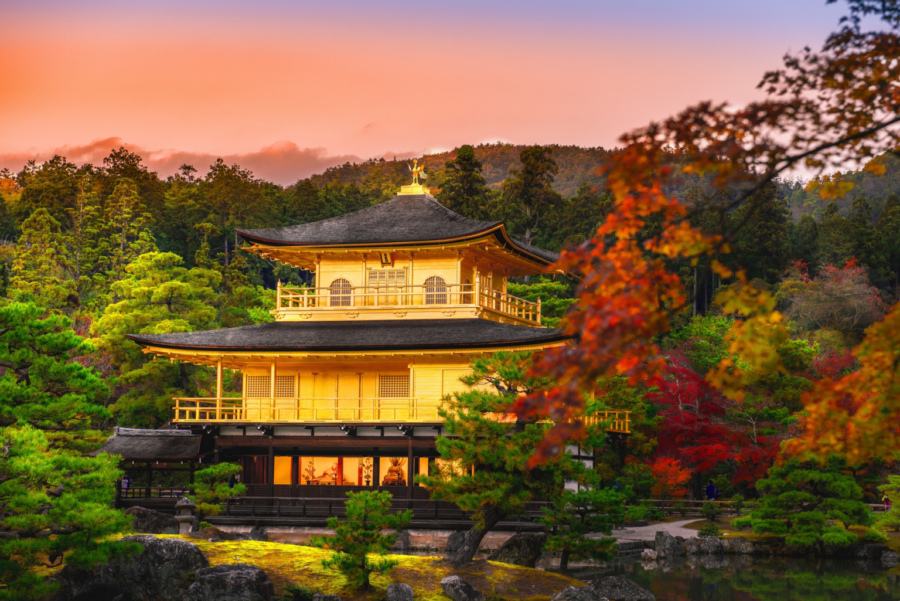
Kyoto Imperial Palace
Rich in tradition, Kyoto Imperial Palace preserves the look and ambiance of the Palace as it had been in the time of Japan’s ancient imperial dynasties. The current Palace was rebuilt in 1855 and comprises several structures–including the Shisinden, the Seiryoden, the Kogosyo, the Ogakumonjyo, and the Otsunegoten–that reflect the architectural styles of various periods.
Kitano Tenmangu Shrine
This shrine’s main hall is a designated national treasure and is famous for housing the God of scholarship. The shrine is especially great to see during the plum blossom and autumn leaf seasons.
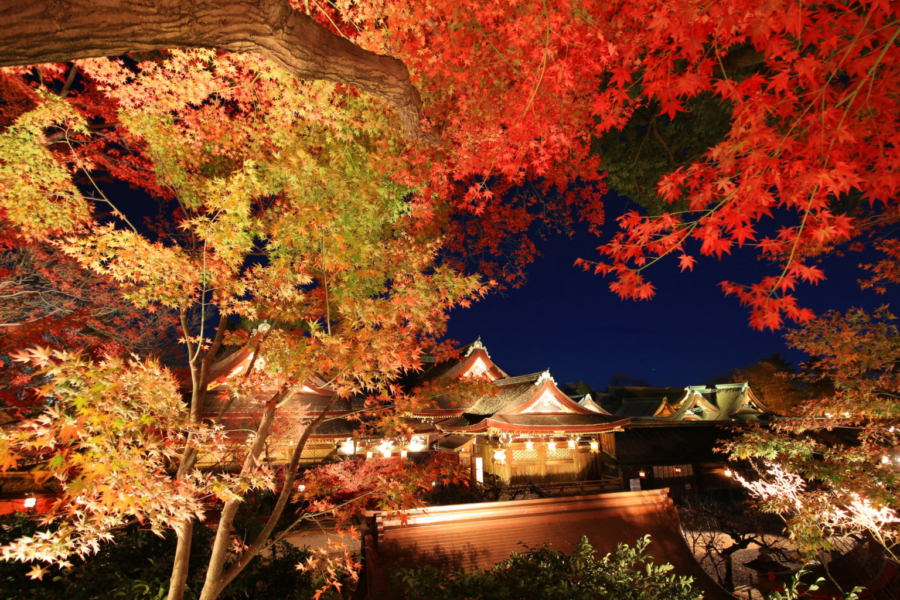
Nara Park & Todai-ji Temple
This is the symbol of the Nara Period and one of the world’s largest wooden structures. Its huge main hall and bronze Great Buddha are impressive to behold.
Kasuga Taisha Shrine
This Nara Period shrine is designated as a World Heritage Site. The deer of Nara Park is thought to be the shrine messengers.
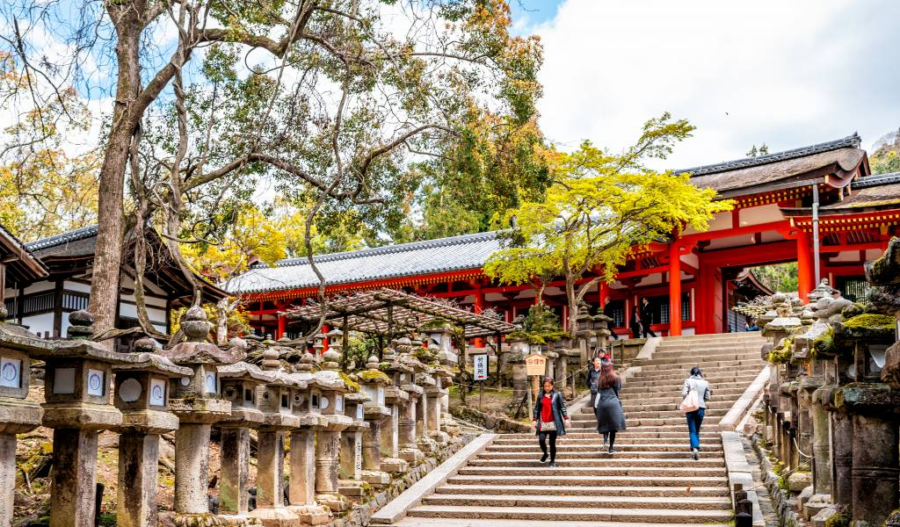
Nara Nagomikan
The largest souvenir shop in Nara. Enjoy yourself in this spacious shop and look for the perfect souvenir.
Our Services
We offer a comprehensive range of services to meet your travel need.

Itinerary Planning
Let us create a tailor-made itinerary that reflects your interests, preferences & budget.
Expert Guidance
Our team of experts is here to offer personalized guidance and support every step of the way.
24/7 Customer Support
Book places effortlessly with our secure platform, backed by expert support.
Travel Logistics
We handle transfers, accommodation and transport, so you just relax and explore.-
IncludedLocal transportation5 Star AccomodationProfessional GuideEntry Fees
-
Not IncludedDeparture Taxes
- Blogs
- Culinary Delights by the Sea: Exploring Beachside Cuisine in Japan
- Seasonal Foods in Japan: What to Eat in September
- Enchanting Japanese Beaches: Your Perfect Summer Escape
- Culinary Delights by the Sea: Exploring Beachside Cuisine in Japan
- Snowboarding in Japan: Adventure Meets Culture
- Surfing in Japan: Waves of the Rising Sun
- A Bird Watcher’s Odyssey : Japan’s Avian Paradise
- Japan’s Art Odyssey: Where Tradition Meets Innovation
- Autumn Onsens: Amidst Japan’s Fall Foliage
- Japan’s Tourism Explosion In 2024
- Sapporo- Your Winter Destination
- Through the Lens- Tokyo and Kyoto
- Japanese Green Tea
- Seasons of Japan
- Destinations
- Tours
- About Us
- Contact Us
